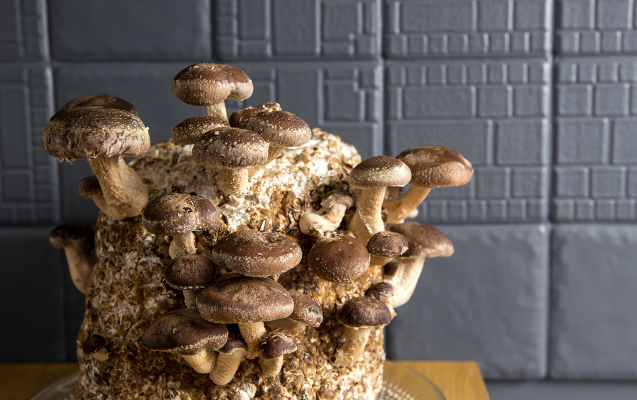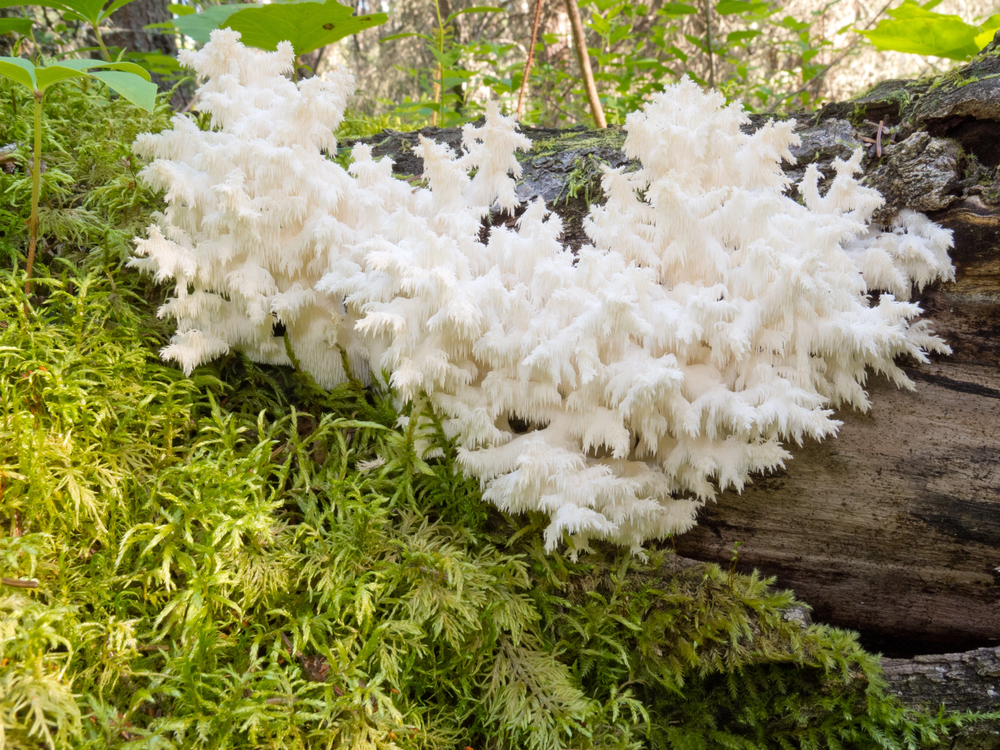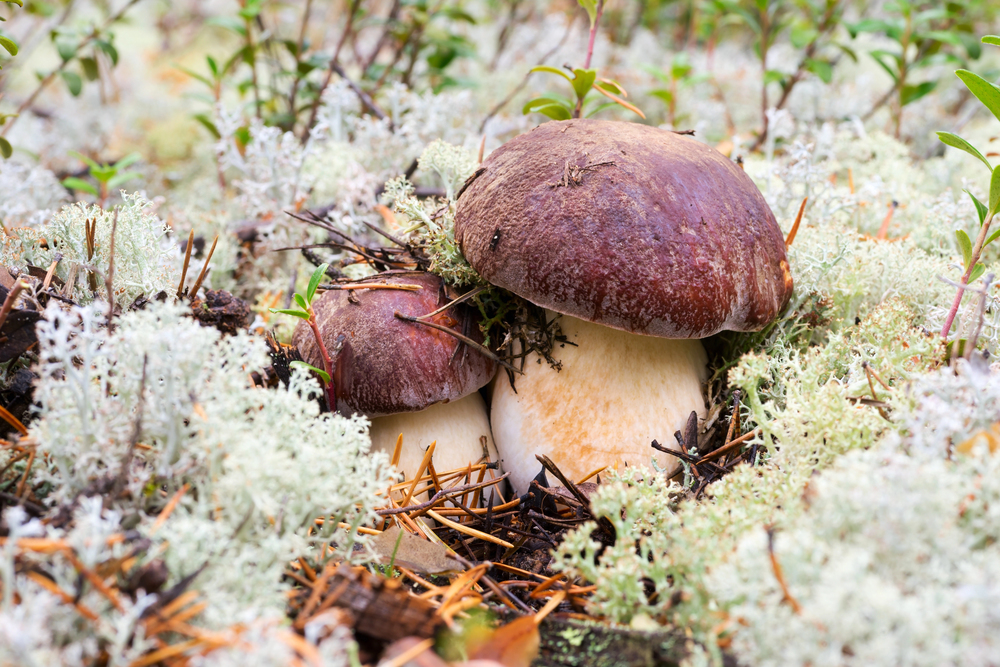Mushroom grow kits provide a simple and efficient way for enthusiasts to cultivate their own fungi at home. These kits allow individuals to experience the rewarding process of mushroom cultivation with minimal setup and guidance, fostering a connection to nature.
Typically, they come with everything needed to start, making them suitable for both beginners and experienced growers. The convenience of pre-prepared substrates and spores enables users to concentrate on the growth process rather than the complexities of sourcing materials and mastering advanced techniques. Moreover, mushroom grow kits promote sustainable practices by encouraging local food production and reducing dependence on commercial farming.
Types of Mushroom Grow Kits
Having explored the benefits of mushroom grow kits, it’s essential to understand the different types available to meet various needs and preferences. Indoor kits typically come as bags or blocks of colonized substrate, while outdoor kits include mushroom beds and instructions for easier setup. For those who enjoy a hands-on approach, mushroom log kits allow for DIY inoculation with spawn plugs. If you’re seeking quick results, ready-to-fruit kits are an excellent option with minimal effort required. You’ll also find a variety of mushroom species, such as oyster, shiitake, and lion’s mane, including organic choices. Each kit varies in size and yield, allowing you to select one that fits your space and goals. Explore these options to discover the ideal kit for your mushroom-growing journey!

Selecting the Right Kit
When selecting a mushroom grow kit, consider your experience level and specific growing conditions. Beginners should opt for kits that require minimal setup, while your choice of indoor or outdoor growing will also impact your selection.
| Experience Level | Best Kit Type | Ideal Mushroom Species |
|---|---|---|
| Beginner | Ready-to-fruit kits | Oyster, Shiitake |
| Intermediate | Colonized substrate | Lion’s Mane, Maitake |
| Advanced | DIY log kits | Specialty varieties |
Components of a Grow Kit
A mushroom grow kit typically includes several essential components for successful cultivation. At its core, the kit features high-quality spawn, which is the source of mushroom mycelium and initiates the growth cycle.
In addition to the spawn, the kit usually contains a nutrient-rich substrate that supports mycelium growth. A humidity tent or fruiting chamber may also be included to create an optimal environment for mushroom development.
To simplify the process, many kits come with a spray bottle for humidity maintenance and a thermometer for temperature monitoring. Instructions or a growing guide are often provided, ensuring that even novice growers can achieve success. Together, these components enable individuals to cultivate mushrooms with confidence and explore the fascinating world of fungi at home.
Types of Substrates Used
Mushroom cultivation can utilize various substrates, each offering unique benefits depending on the species being grown. The choice of substrate significantly influences the growth rate, yield, and quality of the mushrooms produced.
- Straw: A popular choice for growing species like oyster mushrooms, straw is readily available and provides essential nutrients. It is typically pasteurized to eliminate competing organisms.
- Wood Chips: Ideal for species such as shiitake, wood chips mimic the natural environment of these fungi. They require a longer incubation period but can yield a robust harvest once colonized.
- Coffee Grounds: An innovative substrate that not only recycles waste but also offers a nutrient-rich medium for species like king oyster mushrooms. The humidity content of coffee grounds helps maintain the ideal growing conditions.
Spores and Growth Process
Spores play a vital role in the growth process of fungi, serving as the primary means of reproduction and propagation. These microscopic entities are released into the environment, where they can be carried by wind, water, or animals, allowing for colonization of new substrates. Once a spore lands in a suitable environment, it absorbs moisture and nutrients, germinating into mycelium, the vegetative part of the fungus.
The mycelium grows by digesting organic matter, forming an extensive network that serves as both a nutrient source and a support system. Eventually, under ideal conditions, the mycelium produces fruiting bodies—what we recognize as mushrooms. The cycle then continues as these mushrooms release spores, perpetuating the process.
To evoke the journey of a mushroom from spore to fruition, consider the following:
| Stage | Description |
|---|---|
| Spore | Tiny, yet powerful, ready to germinate |
| Mycelium | Expanding network, seeking sustenance |
| Fruiting Body | The mushroom, a symbol of freedom and growth |
This transformative journey highlights the resilience and adaptability of fungi, embodying the spirit of liberation that comes with nature’s cyclical process.
Ideal Growing Conditions
To successfully grow mushrooms, create conditions that mimic their natural habitat. Maintain a temperature between 12 to 24°C (53 to 75°F); too much heat can dry out your mushrooms and expose them to pests, while cooler temperatures can enhance quality. Aim for a damp environment without waterlogging. Choose a shaded area like a garden shed or greenhouse, as direct sunlight can be harmful. Provide fresh air exchange to avoid high CO2 levels, which hinder growth. By establishing these conditions, your mushrooms can thrive and yield a bountiful harvest. Embrace the process and watch your efforts flourish!
Importance of Humidity
Maintaining ideal humidity levels is essential for the successful cultivation of mushrooms, as it directly influences their growth and development. Mushrooms thrive in environments that mimic their natural habitats, which are typically humid and damp. Ensuring the right humidity supports healthy mycelium growth and promotes fruiting, leading to a bountiful harvest.
Key factors highlighting the importance of humidity include:
- Moisture Retention: High humidity helps retain moisture in the substrate, preventing it from drying out and providing vital water for mushroom development.
- Fruiting Conditions: Proper humidity levels trigger the reproductive phase in mushrooms, encouraging the formation of fruiting bodies, which are the edible parts we commonly harvest.
- Contamination Prevention: Maintaining humidity at ideal levels can help deter the growth of harmful bacteria and molds that thrive in drier environments, ensuring a healthier crop.
Temperature Requirements
Humidity plays a significant role in mushroom cultivation, but temperature is equally important for ideal growth conditions. Each mushroom species has specific temperature preferences that can impact yield and quality. Maintaining the correct temperature promotes healthy mycelial growth and supports the fruiting process.
Environmental Factors for Growth
Creating the right environment is essential for successful mushroom growth. Focus on a few critical factors to ensure your mushrooms thrive.
- Humidity: Maintain moderate humidity levels; excessive moisture can drown your substrate, while insufficient humidity can cause it to dry out.
- Temperature: Aim for a temperature range of 12 to 24°C (53 to 75°F). Higher temperatures can stress your mushrooms, while cooler conditions may enhance flavor and quality.
- Airflow: Ensure adequate air circulation to prevent high CO2 levels, which can stunt growth and reduce yield.
Common Issues and Troubleshooting
Growing mushrooms can present challenges that may impact your harvest. Long, stringy stems often indicate insufficient light, while pale caps suggest a lack of proper lighting as well. Yellowing edges may signal that your kit is drying out, so monitor humidity and temperature closely to maintain an optimal environment. Be alert for signs of contamination, which can jeopardize your yield. If you notice any issues, it’s best to discard the affected kits to safeguard the rest. With careful attention, you can navigate these obstacles and achieve a successful harvest.
Additional Learning Resources
To enhance your mushroom growing experience and address any challenges, utilizing additional learning resources can be highly beneficial. These tools allow you to deepen your understanding and refine your skills. Consider exploring:
- Mushroom Growing Hub: Advanced techniques and tips.
- Online Forums: Connect with fellow growers, share experiences, and ask questions.
- Books and Articles: Gain insights from experts on mushroom cultivation.
- Workshops and Classes: Hands-on learning opportunities to develop your skills.
- Videos and Tutorials: Visual guidance to help you navigate the growing process.



